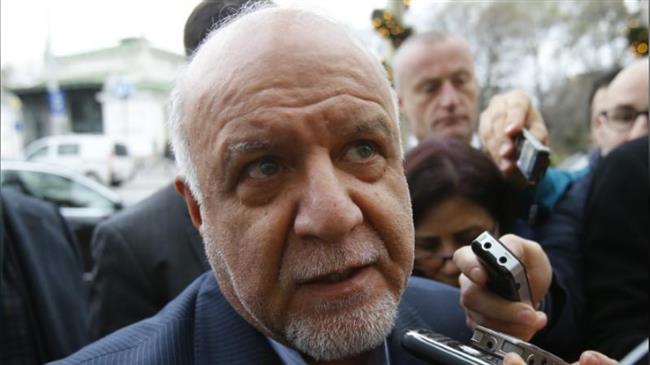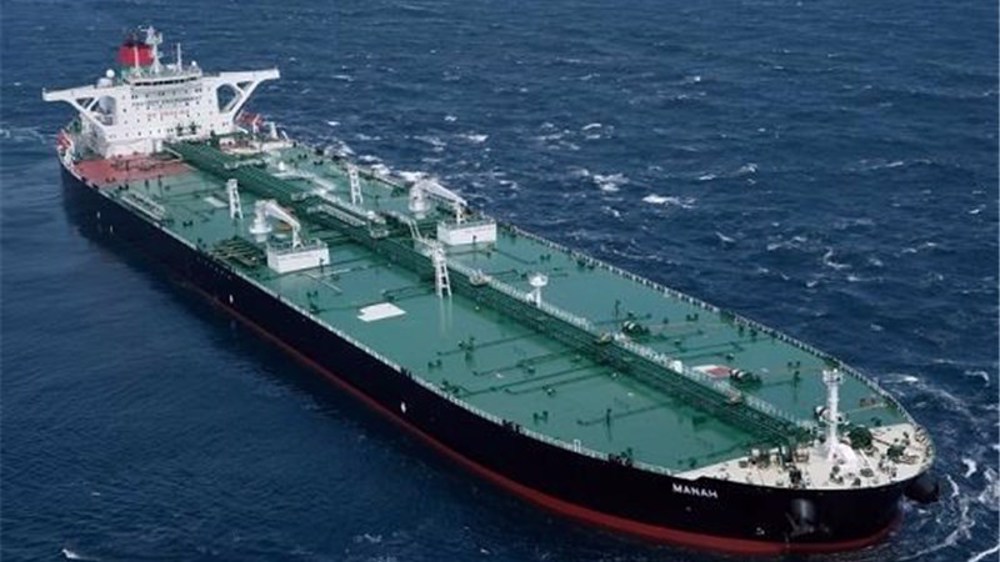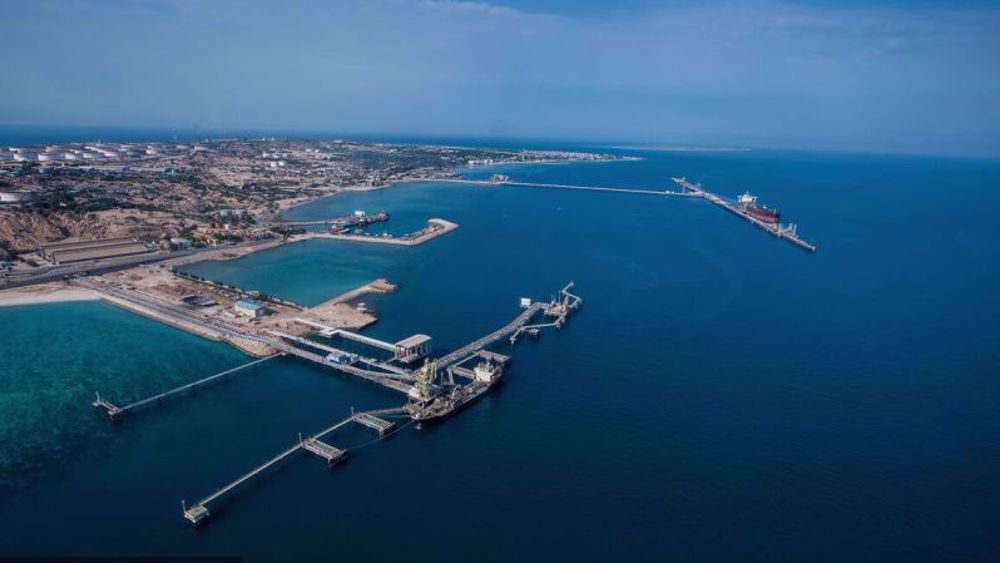Iran says oil at $60 good, bullish on India gas deal
Iranian Minister of Petroleum Bijan Zangeneh has said $60 a barrel is a good price for both oil producers and consumers and what is important is to avoid volatility in the market.
“I believe in this situation around 60 dollars per barrel is a good price,” Reuters quoted him as saying Wednesday in New Delhi where he is to attend the International Energy Forum.
“I think we should look at the market not for short-term, long-term, mid-term is important for us,” he said. “It is very important for producers and consumers not to have volatility in the market.”
According to the news agency, when asked if global benchmark Brent oil trading at $70 a barrel were too high, Zangeneh answered, “Yes.”
Zangeneh also said he hoped India and Iran can finalize the main issue on the development of the Farzad B natural gas field in the next two months.
The Indian media on Wednesday said Iran had agreed to a new arrangement but differences remained over investment returns.
The Press Trust of India said Iran had given up on its demand that Indian companies buy all the gas produced in the offshore field.
“Iran has now written to OVL, agreeing to take delivery of all of the gas produced from Farzad B offshore field at a landfall point in the Persian Gulf nation,” it said.

OVL, the overseas investment arm of state-owned Oil and Natural Gas Corp (ONGC), has accepted the offer and has asked Iran to detail the delivery point, PTI cited sources privy to the development as saying.
The ONGC Videsh Ltd (OVL) discovered Farzad-B in the Farsi block about 10 years ago and asked Iran to grant it the right to develop the field.
Talks have been deadlocked over a number of issues, including the cost of the development which Iran views very expensive. OVL’s initial proposal included investing $11 billion on developing the field and then setting up a facility to convert gas from the field into LNG for transfer to India.
Under the new arrangement, Iran has accepted to take all of the unprocessed natural gas and asked OVL to re-do the investment numbers, according to PTI.
India’s Economic Times daily said OVL felt it could lower the development investment to under $4 billion from $6.2 billion proposed before. Also, the company will no longer set up the LNG plant on which it had proposed to invest $5 billion.
According to the paper, what remains to be ironed out is the rate of return. Iran is offering 15 percent return on the investment made but the Indians have only 5-6 percent in their mind, it said.
The Farzad B field is estimated to hold 22 trillion cubic feet (tcf) of reserves, of which 16 tcf are deemed recoverable.
The differences degenerated into an open row last year when India directed its state refiners to cut oil imports from Iran because of Tehran’s refusal to submit to New Delhi’s demands.
Iran shrugged off the move and sought other investors for the field, with media reports suggesting Tehran would award it to Russia’s Gazprom.
The two sides appeared to have found a middle ground in February when President Hassan Rouhani visited New Delhi.
India’s Oil Minister Dharmendra Pradhan said then after meeting with Zangeneh that Indian refiners had agreed to boost oil imports from Iran. Reports also said Iran had offered a higher freight discount on oil sales, besides agreeing to consider India’s demand for a stake in Farzad B.
Reuters cited unnamed sources as saying last week that Indian state refiners planned to almost double oil imports from Iran in 2018/19, drawn by incentives offered by Tehran.
State refiners Indian Oil Corp, Mangalore Refinery and Petrochemicals Ltd, Bharat Petroleum and Hindustan Petroleum plan to import 396,000 barrels per day (bpd) Iranian oil in the current fiscal year to March 2019, it said.
The refiners imported about 205,600 bpd Iranian oil in the previous fiscal year, according to the news agency.
VIDEO | Press TV's news headlines
VIDEO | US-Israeli genocide: Will Gazans see ceasefire deal achieved?
VIDEO | Grief strikes Parachinar: 44 lives lost in terror attack
VIDEO | Yemen’s armed forces target Israeli airbase amid nationwide pro-Palestinian rallies
Putin vows more test of new hypersonic missile
VIDEO | Jordanians continue rallies to denounce Israeli genocide in Gaza, Lebanon
6 Israeli soldiers commit suicide: Reports
Diplomat discourages recourse to pressure, intimidation, confrontation against Iran











 This makes it easy to access the Press TV website
This makes it easy to access the Press TV website